www.theguardian.com

Ornithology
by
 BOU
BOU
British Ornithologists’ Union (BOU) moderated ornithology feed. Collating all posts using #Ornithology without other tags.
Feed on BlueskyFeeds Stats
- 💙 Liked by 47 users
- 📅 Updated 10 months ago
- ⚙️ Provider skyfeed.me
Ornithology Likes over time
Feed Preview for Ornithology


More ill thought out 'conservation' translocations 🌍 www.theguardian.com/environment/... - so much to unpack here #Ornithology #UKBirding 🧵


theornithologist.org
North America’s Bird Declines Reveal a Global Conservation Blind Spot
Common birds are driving North America’s declines. Their disappearance is a global conservation blind spot.







doi.org
Berries to Go: Distinct Passerine Spring Migration Frugivory at a Main Mediterranean Stopover Site
We report that five songbird species forage on the fruits of two Mediterranean plants, Prasium majus and Rhamnus alaternus, during a main spring stopover in the Tyrrhenian Sea. Analyses of faecal con...

![Recovery sites (orange) of 22 Yellow-browed Warblers (Phylloscopus inornatus), which were ringed in Europe during a same autumn season (blue; EURING data). The red triangle indicates the interannual and winter ringing recovery from Spain near Tarifa [26]](https://cdn.bsky.app/img/feed_thumbnail/plain/did:plc:sdtiecb2gwh7rvre33iwlt7j/bafkreiaeearc5yczimoowhojpwwa4bzvl6vg6a4ctl5fah3thwnzwq3tsi@jpeg)
A #BlackpollWarbler banded on the Farallones surprises birders 400 miles away in Los Angeles! Farallones vagrants are seldom resighted and some scientists think they are misorienting towards the Pacific with fatal consequences. This #bird defied the odds by making it safely back to the mainland! 🦉🌎🧪

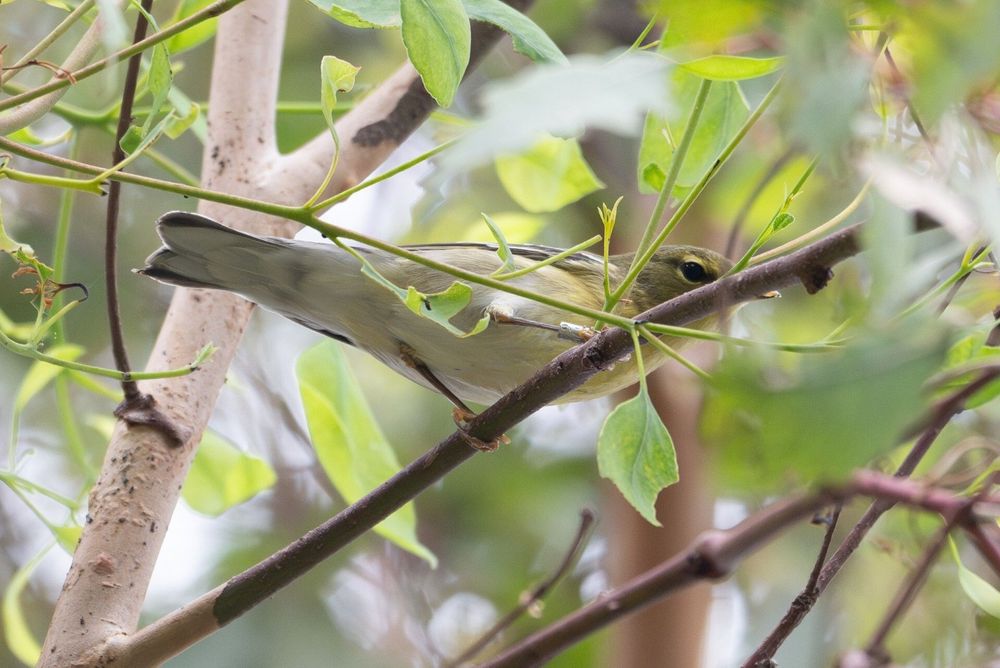
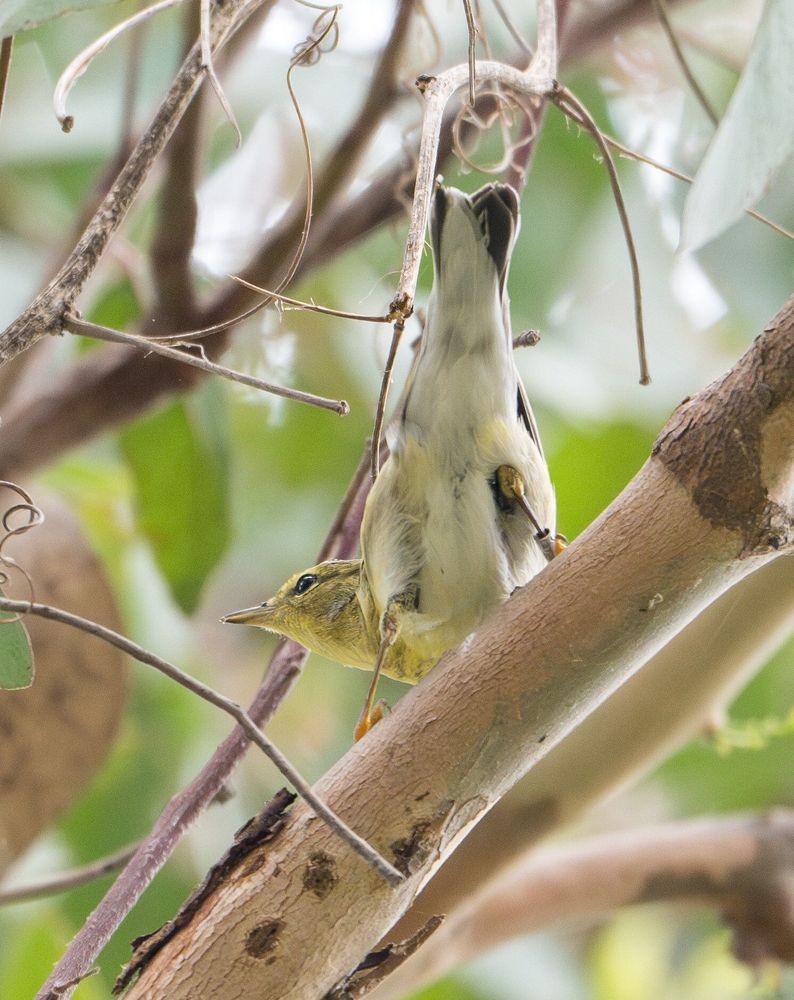

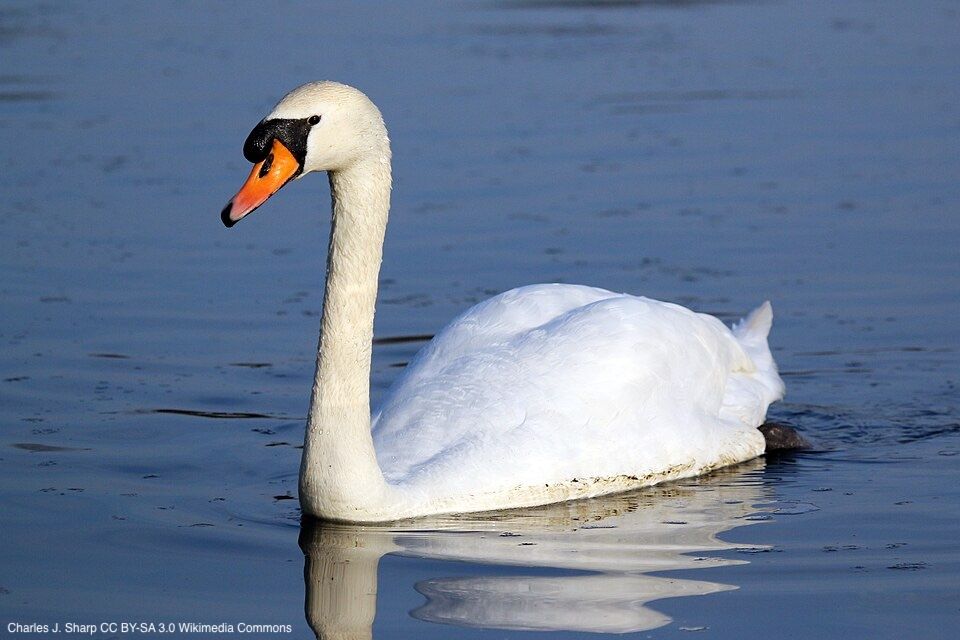

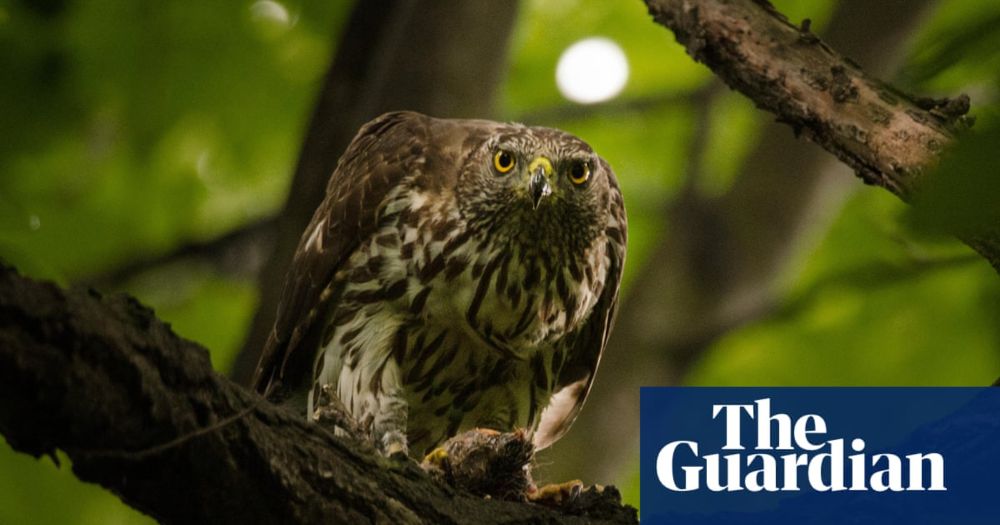
www.theguardian.com
‘It proves this can be done’: Berlin the blueprint to bring goshawks to UK cities
Conservationist plans release of 15 each of the apex predators sourced as chicks into Chester and London


avianhybrids.wordpress.com
The Great Speciator strikes again: Discovery of a Mangrove White-eye in Saudi Arabia
A mangrove population of White-eyes is morphologically distinct from other subspecies of the Abyssinian White-eye.




www.sciencedirect.com
Tree plantations inserted in a benign environmental context can contribute to the maintenance of forest avifauna
Over the years, the area dedicated to tree plantations has increased significantly, prompting investigations into their capacity to maintain biodivers…

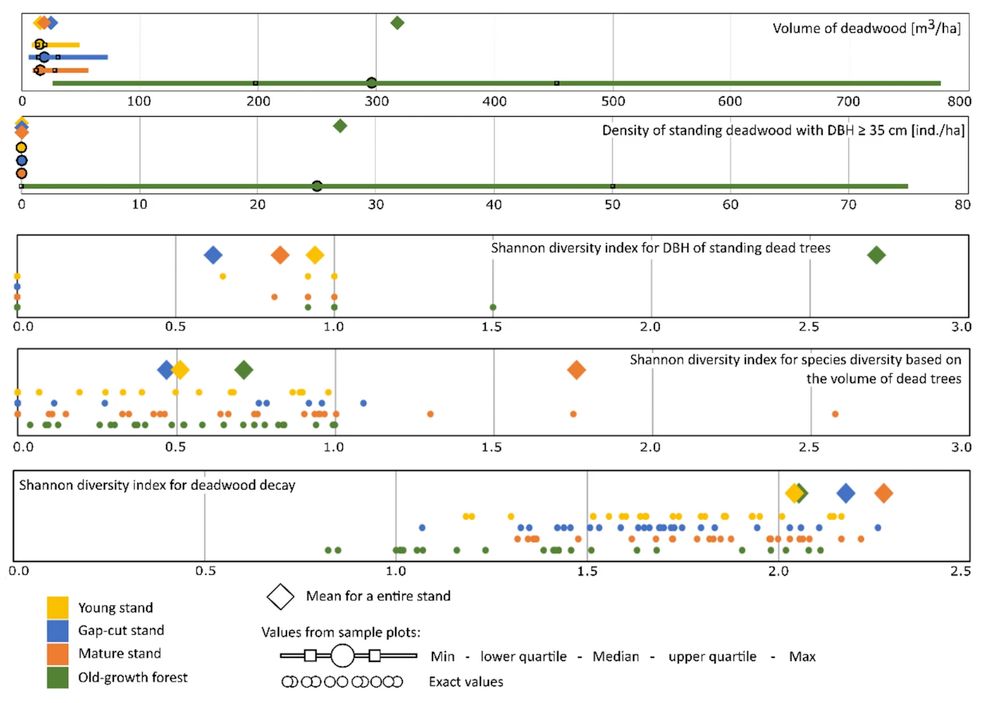










doi.org
A Time and a Place for Everything: Eurasian Spoonbills Divide Spring and Summer Activities Across Different Areas in the Eastern Dutch Wadden Sea
Human activities, including resource exploitation, coastal development and tourism, are prominent threats to waterbirds. Ensuring undisturbed habitats thus remains a conservation priority, especially in densely populated areas in Europe. Eurasian Spoonbills Platalea l. leucorodia are emblematic migratory waterbirds that have shown a strong recovery in European protected areas, including the Dutch Wadden Sea that is now the species' main European stronghold. However, this recovery has stalled, and while breeding colonies are strictly protected, visual observations suggest Spoonbills shift space use throughout their summer residency period, notably after breeding, into areas that may not be adequately protected. Focusing on a major breeding area in the eastern Wadden Sea, on the island of Schiermonnikoog, we used GPS-loggers with behavioural sensors to track 31 Eurasian Spoonbills over an 11-year period to describe space use and activity budgets from May to September. Using dynamic Brownian Bridge Movement Models to describe utilization distributions (UD), we delineated four key zones for this population and described substantial changes in their home range (95% UD), vital areas (75% UD) and core areas (50% UD) throughout the breeding and post-breeding periods. Key zones differed in intensity of use and function (based on activity budgets) throughout the summer residency period. Males and females exhibited distinct space use patterns, which converged into one key zone after breeding, namely the intertidal mudflats of Lutjewad, on the coast of the province of Groningen, used for moulting, pre-migratory flight fuelling and potentially as an information and social hub. The attractiveness of Lutjewad for Spoonbills might be linked to low levels of human disturbance at this site, which could be threatened by existing plans for major infrastructure developments. Overall, Spoonbills spent much of their summer residency period outside their strictly protected colonies, in key zones that are protected as N2000-sites, National Park or Natural World Heritage sites. However, additional measures may be needed in these areas to shield Spoonbills from human disturbance for extended periods.




www.sciencedirect.com
Urban tree canopy cover over 30 % and native trees enhance bird insectivory and tree biosecurity
Urban trees support biodiversity and the provision of ecosystem services but are increasingly threatened by native and non-native insect pests. Biosec…


